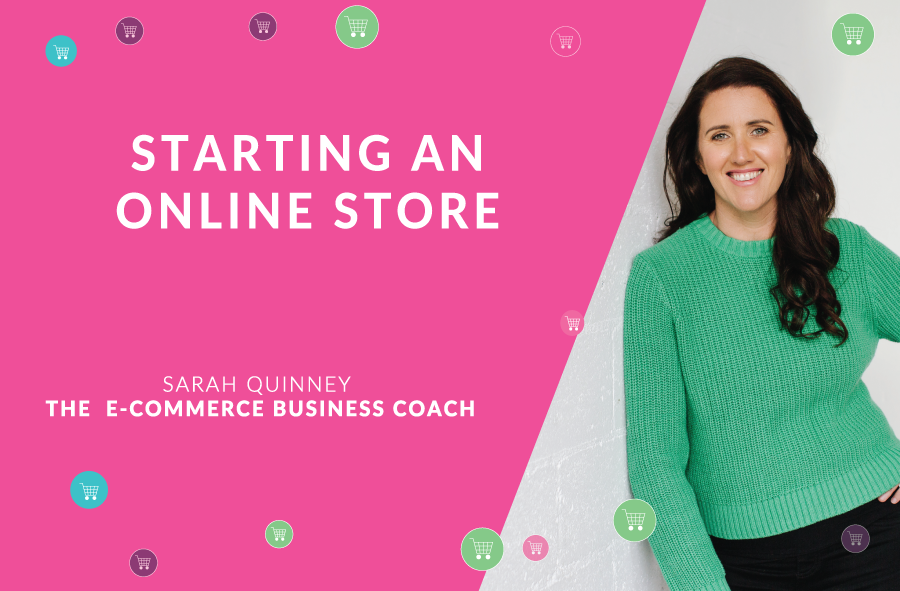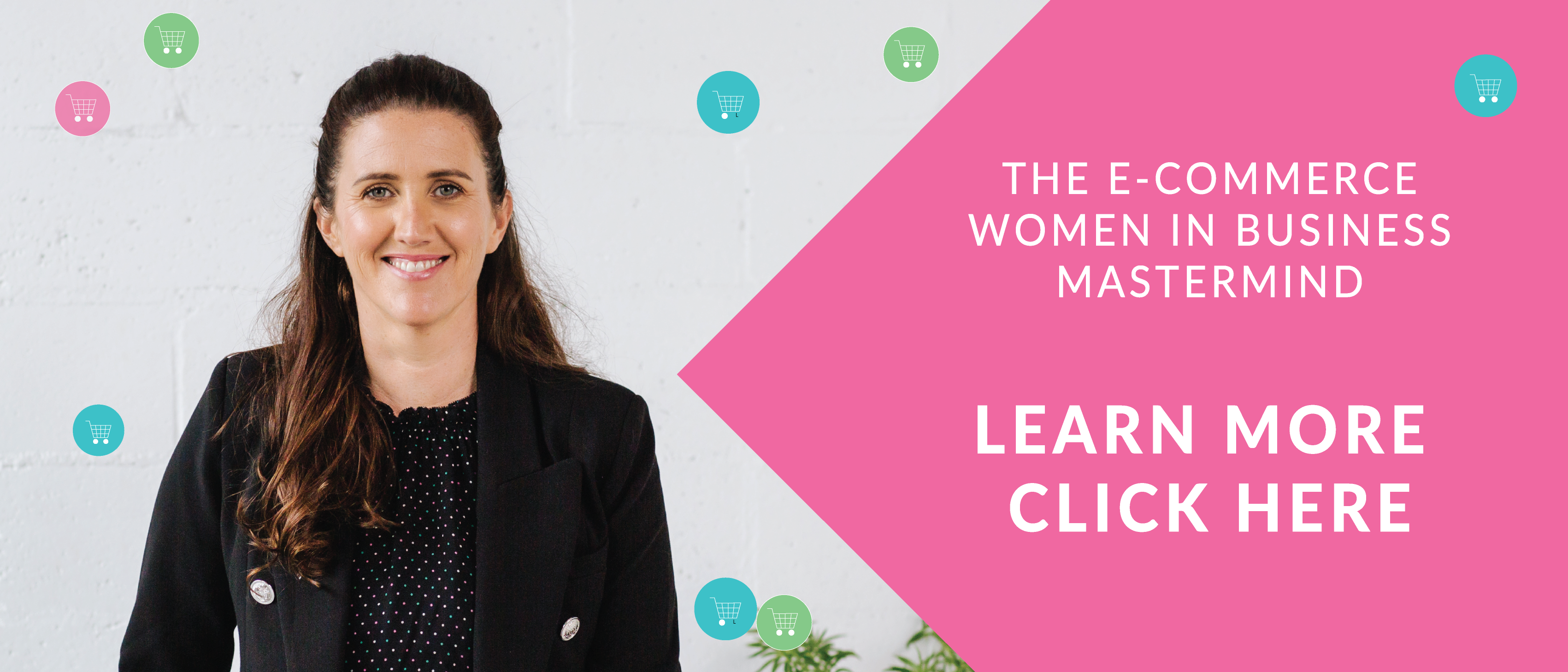
Starting an E-commerce Store – your questions answered
Starting an E-commerce Store – your questions answered
Starting an E-commerce store seems like the simple and easy way to create an additional income stream. From the outside, it looks simple,
- Step 1 – find product
- Step 2 – set up store
- Step 3 – PROFIT!
However, this is rarely how smooth the process goes. Where many people get stuck is in the practical parts of selling online. In the early days of setting up your store, it is useful to think about a few overarching concepts.
Choosing the right products
The chances are that if you’re at the stage of setting up your e-commerce store, that you’ve chosen a product or suite of products that you’re looking to sell. Often you are selling these products because you’ve filled a need for yourself and see a market opportunity. If you’re still trying to decide, you need to ask yourself some questions about what you want to sell.
- Are you selling a product or a service?
- Which products do you think will be popular?
- Why?
- Is your product or service suited to online selling?
- How do you intend to deliver to your customer?
- Physical delivery? What are your options?
- Online delivery? How do you facilitate that?
- Is your product sold in bricks and mortar stores?
Walk a mile in your customer shoes
By now you should have a really clear picture of your customer avatar (don’t have an avatar yet? Read about creating your avatar here) Now that you can really get inside the head of your customer, you’re in an excellent position to know your target audience.
KNOW YOUR TARGET AUDIENCE
- Are there enough potential customers for what you’re planning to sell?
- Who are the others successfully selling a similar product or service online?
- Is there room for another supplier?
- Would people be willing to pay your prices once shipping is added?
- Be clear on what segment of the market you are targeting.
- Why would they buy from you?
Customer research never ends. Your business will evolve and adapt to help meet your customer needs. This sales data will reveal more about who your customers are and how they behave and that will help you to update and fine-tune your avatar.
A word on competing on price…
It would an easy solution to simply make your product cheaper than your competitors. In the current marketplace competing on price is getting harder and harder. Often for an e-commerce brand, margins are tight enough without having to try and find fat to cut. This is why you need to be creating your Value Proposition (read about that here) and building rapport with your customer. There will always someone who is going to do it cheaper so you need to do it better.
Local Player – Global Market
One of the most enticing parts of e-commerce is that your brand can play from local to global. Arenas that were once reserved for the biggest of players can now be tapped into by anyone. There are a few things that you will need to take into account to be able to work with different Global markets:
- International shipping (times and methods) Will you have a dispatch in another country?
- Seasonal markets – products that are seasonal can be sold in alternate hemispheres eg. selling swimsuits? Spring/Summer is April – September in the northern hemisphere, and the opposite in the south.
- Are there any cultural sensitivities that you need to take into account selling into different markets?
ARE YOU A NICHE BRAND?
Having an excellent understanding of your Avatar, and your Value Proposition your band can be laser focused on selling a product that works extremely well for your target audience. This isn’t to say that all businesses that start with a broad product offering will be unsuccessful. Simply that when you have a bullseye to aim for you are more likely to hit somewhere on the target.
For example, Nourished Life sells health and makeup products, like hundreds of other retailers. However, their clever marketing, copywriting, and hassle-free return process is what set them apart. They invested a ton of time and care in the differentiation of their business from similar companies. So if you’re willing to go above and beyond to set yourself apart, you can be a little broader. It’s still best to start targeted and grow from there.
Set your business goals.
Setting and tracking goals is a really important part of being in business. Without a goal to track how will you ever know if your business is making money? How will you be able to expand? Will you know if you need to cut a product or if you’re ready to add more? Your business should be looking for slow sustainable growth over time and as the founder, you should be stretching yourself to reach your desired income or sales targets. Having these sorts of strategies also allows you to celebrate the wins. Many business owners simply move on to the next task, without taking a second to see that their business has been a success and celebrate.
Goals can include:
- Income. Ideal Gross profit, net profit etc…
- Sales target – this can be a dollar amount ($10,000) or a number of sales (100 sales)
- Shipping all your orders within a certain time frame.
- Grow your social media following by a certain number
It’s a great idea to set some goals that are income related as well as some that are not, this way you have places to stretch for even if you don’t have income flowing and it forces you to look past JUST the bottom line.
Now that you’ve found your product or service, walked a mile in the shoes of your customer avatar, priced and positioned your product in the market, looked into both global and local marketplaces, and set some goals it’s time to have some fun!
Still feeling overwhelmed by the whole E-Commerce world? It’s easy to book a time for a call with Sarah Just click HERE. Sarah has the know-how and skills to help you develop a profitable E-commerce brand from the get-go.

